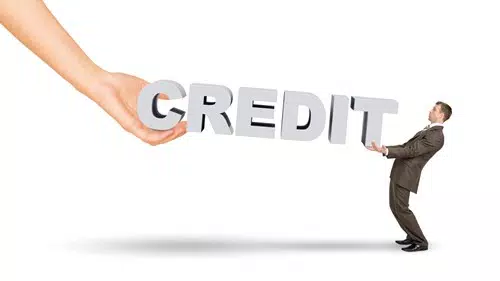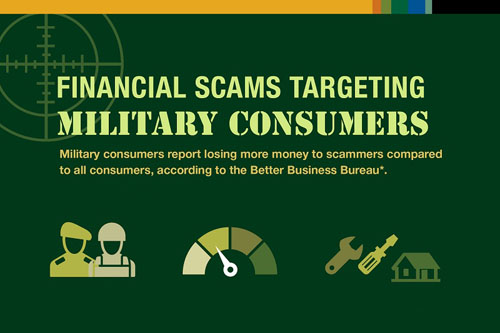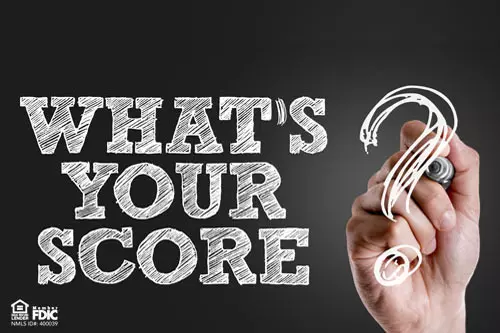Many Americans learned the value of smart credit habits during the 2009 recession. The Federal Reserve’s decision to raise the national interest rate means it’s time to apply those lessons.
Take care of outstanding credit issues while rates are low. As the unemployment rate drops, Federal interest rates are likely to rise. While rates are low, paying down any existing lines of credit is important before another climb.
If the Federal Reserve declares the economy is getting stronger, it is likely to raise national interest rates. These hikes will directly affect lines of credit, specifically credit cards and Home Equity Lines of Credit (HELOC).
Raising short-term rates (increasing the costs to borrower money) discourages or limits businesses from raising the price of the goods or services they sell. Raising short-term rates is the primary weapon the Fed uses to fight inflation. Since 2008, U.S. inflation has remained relatively stable.
When unemployment was at its lowest, the credit rate spiked the most. Between 2004 and 2007, rates climbed from 5.25% to 8.25%—an average of one point per year. We enter the 2016 calendar with an interest rate of 3.5%, a 4.75% decrease from the high point in 2007. This is the first increase in seven years since the Federal Reserve locked the rate at 3.25% in September 2009.
The best advice is to treat this interest rate climb with the lessons from the 2009 market recession. If the Fed’s gradual rate hike is an indication of things to come, it’s important to review your finances to see how your existing debt from certain lines of credit might affect your monthly budget.
Take the time to pay down any outstanding balances when you can afford it. This will help minimize the effect of another Fed interest rate announcement on your wallet.




